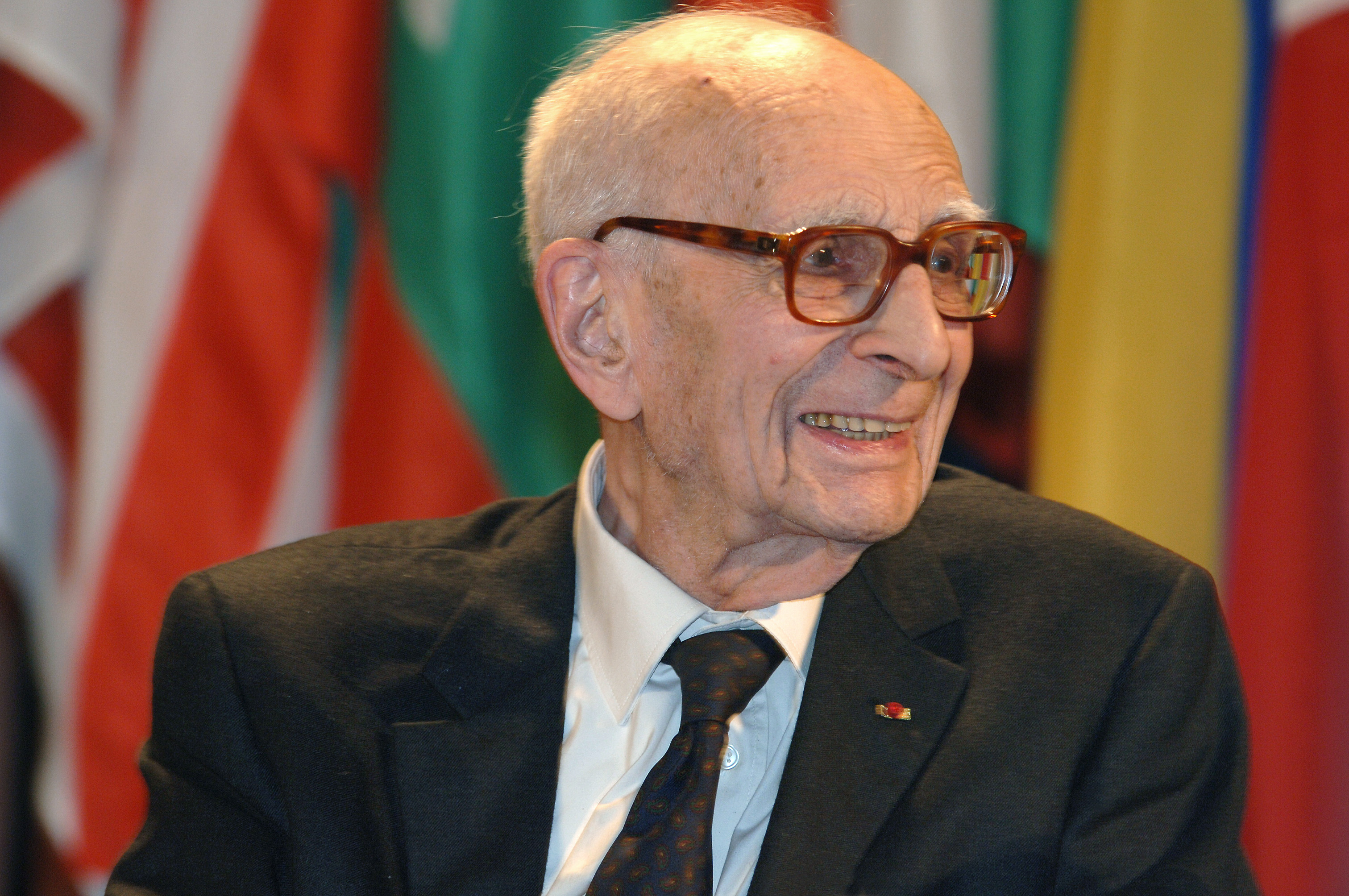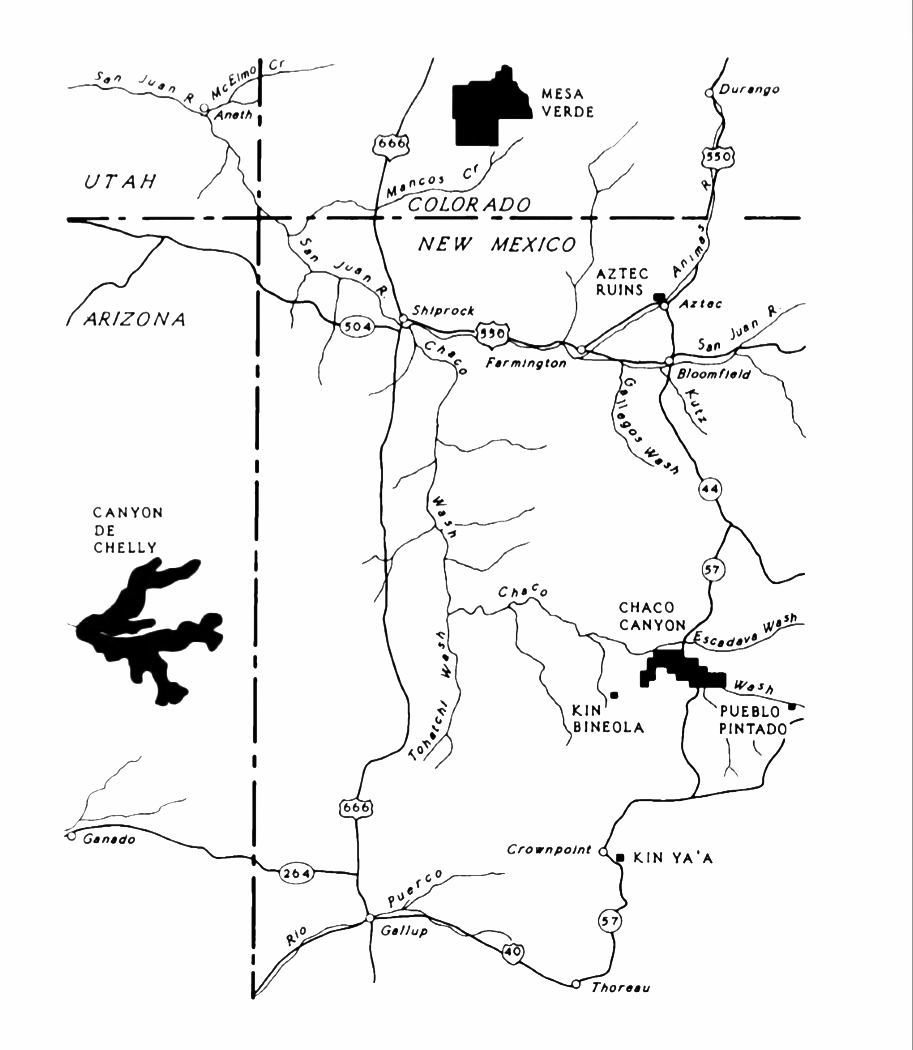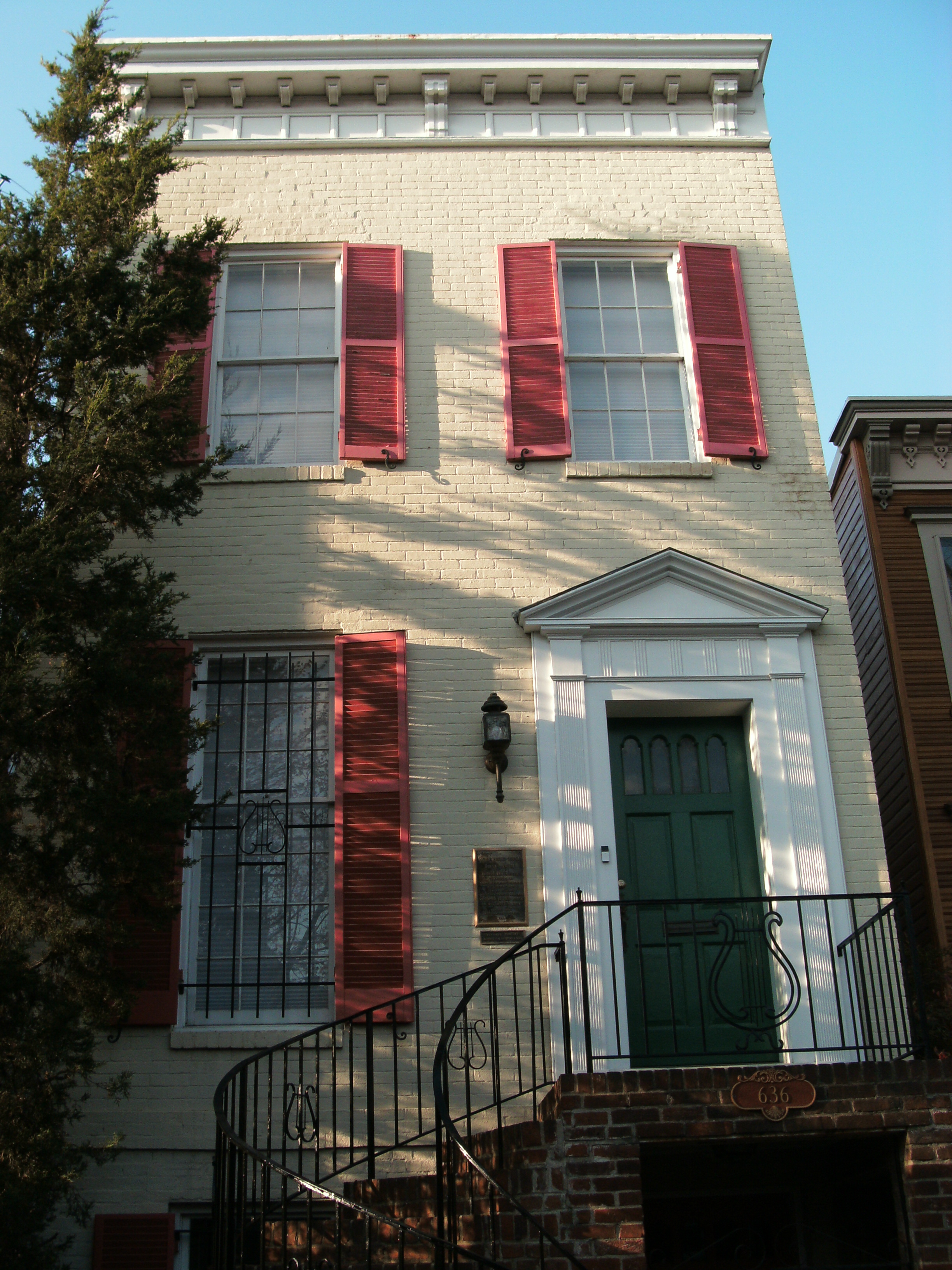|
Marietta Palmer Wetherill
Marietta Palmer Wetherill (October 5, 1876 – July 11, 1954) was an American amateur anthropologist and rancher. She studied the lives, traditions, and customs of the Navajo peoples. She was the wife of Richard Wetherill, who has received credit for "discovering" ancient sites associated with the Anasazi peoples. Marietta was the mother of seven children, four of whom survived to adulthood. Early life and marriage Marietta Palmer was born on October 5, 1876, in Serena, Illinois. Her father, Sidney LaVerne Palmer, was a musician who spent time playing for John Phillip Sousa. Her mother, Elizabeth Ann Hoag, attended the New England Conservatory of Music, where she met Sidney Palmer. Marietta, her parents, and her brother and sister were all musical. She sang soprano and was proficient with stringed instruments and brass instruments, particularly enjoying the guitar and the harp. She also played the piano and the organ.Wetherill, M., Sandlin, R., & Wetherill, R. (1977). ''Oral ... [...More Info...] [...Related Items...] OR: [Wikipedia] [Google] [Baidu] |
Anthropologist
An anthropologist is a scientist engaged in the practice of anthropology. Anthropologists study aspects of humans within past and present societies. Social anthropology, cultural anthropology and philosophical anthropology study the norms, values, and general behavior of societies. Linguistic anthropology studies how language affects social life, while economic anthropology studies human economic behavior. Biological (physical), forensic, and medical anthropology study the biology and evolution of humans and their primate relatives, the application of biological anthropology in a legal setting, and the study of diseases and their impacts on humans over time, respectively. Education Anthropologists usually cover a breadth of topics within anthropology in their undergraduate education and then proceed to specialize in topics of their own choice at the graduate level. In some universities, a qualifying exam serves to test both the breadth and depth of a student's understandi ... [...More Info...] [...Related Items...] OR: [Wikipedia] [Google] [Baidu] |
Navajo
The Navajo or Diné are an Indigenous people of the Southwestern United States. Their traditional language is Diné bizaad, a Southern Athabascan language. The states with the largest Diné populations are Arizona (140,263) and New Mexico (108,305). More than three-quarters of the Diné population resides in these two states.American Factfinder The overwhelming majority of Diné are enrolled in the . Some Diné are enrolled in th ... [...More Info...] [...Related Items...] OR: [Wikipedia] [Google] [Baidu] |
Richard Wetherill
Richard Wetherill (1858–1910), a member of a Colorado ranching family, was an amateur archaeologist who discovered, researched and excavated sites associated with the Ancient Pueblo People. He is credited with the rediscovery of Cliff Palace in Mesa Verde in Colorado and was responsible for initially selecting the term ''Anasazi'', Navajo for ''ancient enemies,'' as the name for these ancient people. He also excavated Kiet Seel ruin, now in Navajo National Monument in northeastern Arizona, and Pueblo Bonito in Chaco Canyon, New Mexico. Wetherill was fascinated by the ruins and artifacts of the Southwestern United States and made a living as a rancher, guide, excavator of ancient ruins, and trading post operator. He was criticized as a "pot hunter" by his archaeologist competitors, although many of the artifacts he found were sold or donated to prominent museums and his work was often financed or overseen by museums. In 1910, he was murdered in mysterious circumstances by ... [...More Info...] [...Related Items...] OR: [Wikipedia] [Google] [Baidu] |
Anasazi
The Ancestral Puebloans, also known as Ancestral Pueblo peoples or the Basketmaker-Pueblo culture, were an ancient Native American culture of Pueblo peoples spanning the present-day Four Corners region of the United States, comprising southeastern Utah, northeastern Arizona, northwestern New Mexico, and southwestern Colorado. They are believed to have developed, at least in part, from the Oshara tradition, which developed from the Picosa culture. The Ancestral Puebloans lived in a range of structures that included small family pit houses, larger structures to house clans, grand pueblos, and cliff-sited dwellings for defense. They had a complex network linking hundreds of communities and population centers across the Colorado Plateau. They held a distinct knowledge of celestial sciences that found form in their architecture. The kiva, a congregational space that was used mostly for ceremonies, was an integral part of the community structure. Archaeologists continue to deb ... [...More Info...] [...Related Items...] OR: [Wikipedia] [Google] [Baidu] |
John Philip Sousa
John Philip Sousa ( , ; November 6, 1854 – March 6, 1932) was an American composer and conductor of the late Romantic music, Romantic era known primarily for American military March (music), marches. He is known as "The March King" or the "American March King", to distinguish him from his British counterpart Kenneth J. Alford. Among Sousa's best-known marches are "The Stars and Stripes Forever" (National March of the United States of America), "Semper Fidelis (march), Semper Fidelis" (official march of the United States Marine Corps), "The Liberty Bell (march), The Liberty Bell", "The Thunderer", and "The Washington Post (march), The Washington Post". Sousa began his career playing violin and studying music theory and composition under John Esputa and George Felix Benkert. Sousa's father enlisted him in the United States Marine Band as an apprentice in 1868. Sousa left the band in 1875, and over the next five years, he performed as a violinist and learned to conduct. In 1 ... [...More Info...] [...Related Items...] OR: [Wikipedia] [Google] [Baidu] |
New England Conservatory Of Music
The New England Conservatory of Music (NEC) is a Private college, private music school in Boston, Massachusetts. The conservatory is located on Huntington Avenue along Avenue of the Arts (Boston), the Avenue of the Arts near Boston Symphony Hall, and is home to approximately 750 students pursuing undergraduate and graduate studies, and 1,500 more in its Preparatory School and School of Continuing Education. NEC offers bachelor's degrees in instrumental and vocal classical music performance, contemporary musical arts, Musical composition, composition, jazz studies, music history, and music theory, as well as graduate degrees in collaborative piano, conducting, and musicology. The conservatory has also partnered with Harvard University and Tufts University to create joint double-degree, five-year programs. The faculty and alumni of New England Conservatory comprise nearly fifty percent of the Boston Symphony Orchestra, including 6 members of l'Ordre des Arts et des Lettres, 14 Ro ... [...More Info...] [...Related Items...] OR: [Wikipedia] [Google] [Baidu] |
Sacramento
Sacramento ( or ; ; ) is the capital city of the U.S. state of California and the seat of Sacramento County. Located at the confluence of the Sacramento and American Rivers in Northern California's Sacramento Valley, Sacramento's 2020 population of 524,943 makes it the fourth-most populous city in Northern California, the sixth-most populous in the state, the ninth-most populous state capital, and the 35th most populous city in the United States. Sacramento is the seat of the California Legislature and the governor of California. Sacramento is also the cultural and economic core of the Greater Sacramento area, which at the 2020 census had a population of 2,680,831, the fourth-largest metropolitan area in California. Before the arrival of the Spanish, the area was inhabited by the Nisenan, Maidu, and other indigenous peoples of California. In 1808, Spanish cavalryman Gabriel Moraga surveyed and named the ''Río del Santísimo Sacramento'' (Sacramento River), a ... [...More Info...] [...Related Items...] OR: [Wikipedia] [Google] [Baidu] |
California
California () is a U.S. state, state in the Western United States that lies on the West Coast of the United States, Pacific Coast. It borders Oregon to the north, Nevada and Arizona to the east, and shares Mexico–United States border, an international border with the Mexico, Mexican state of Baja California to the south. With almost 40million residents across an area of , it is the List of states and territories of the United States by population, largest state by population and List of U.S. states and territories by area, third-largest by area. Prior to European colonization of the Americas, European colonization, California was one of the most culturally and linguistically diverse areas in pre-Columbian North America. European exploration in the 16th and 17th centuries led to the colonization by the Spanish Empire. The area became a part of Mexico in 1821, following Mexican War of Independence, its successful war for independence, but Mexican Cession, was ceded to the U ... [...More Info...] [...Related Items...] OR: [Wikipedia] [Google] [Baidu] |
Louisiana Purchase Exposition
The Louisiana Purchase Exposition, informally known as the St. Louis World's Fair, was an World's fair, international exposition held in St. Louis, St. Louis, Missouri, United States, from April 30 to December 1, 1904. Local, state, and federal funds totaling $15 million (equivalent to $ in ) were used to finance the event. More than 60 countries and 43 of the then-45 American states maintained exhibition spaces at the fair, which was attended by nearly 19.7 million people. Historians generally emphasize the prominence of the themes of Race (human categorization), race and imperialism, and the fair's long-lasting impact on intellectuals in the fields of history, architecture, and anthropology. From the point of view of the memory of the average person who attended the fair, it primarily promoted entertainment, consumer goods, and popular culture. The monumental Greco-Roman architecture of this and other fairs of the era did much to influence permanent new buildings and master p ... [...More Info...] [...Related Items...] OR: [Wikipedia] [Google] [Baidu] |
Aleš Hrdlička
Alois Ferdinand Hrdlička, after 1918 changed to Aleš Hrdlička (; March 30,HRDLICKA, ALES in ''Marquis Who's Who'' (1902 edition) (via archive.org) 1869 – September 5, 1943), was a Czechs, Czech Anthropology, anthropologist who lived in the United States after his family had moved there in 1881. He was born in Humpolec, Bohemia (today in the Czech Republic). Hrdlička was a pioneer in the field of anthropology and the first curator of physical anthropology of the Smithsonian Museum from 1904 until 1941. He correctly theorized that migration from Asia to the Americas via the Bering Strait was the origin of the Indigenous people of the Americas, American Indians, but incorrectly dated that migration as having occurred not more than 3,000 years ago. He initially denied evidence by archaeological findings such as that ... [...More Info...] [...Related Items...] OR: [Wikipedia] [Google] [Baidu] |
1876 Births
Events January * January 1 ** The Reichsbank opens in Berlin. ** The Bass Brewery Red Triangle becomes the world's first registered trademark symbol. *January 27 – The Northampton Bank robbery occurs in Massachusetts. February * February 2 ** The National League of Professional Base Ball Clubs is formed at a meeting in Chicago; it replaces the National Association of Professional Base Ball Players. Morgan Bulkeley of the Hartford Dark Blues is selected as the league's first president. ** Third Carlist War (Spain): Battle of Montejurra – The new commander General Fernando Primo de Rivera marches on the remaining Carlist stronghold at Estella, where he meets a force of about 1,600 men under General Carlos Calderón, at nearby Montejurra. After a courageous and costly defence, Calderón is forced to withdraw. * February 14 – Alexander Graham Bell applies for a U.S. patent for the telephone, as does Elisha Gray. * February 19 – Third Carlist War ... [...More Info...] [...Related Items...] OR: [Wikipedia] [Google] [Baidu] |









